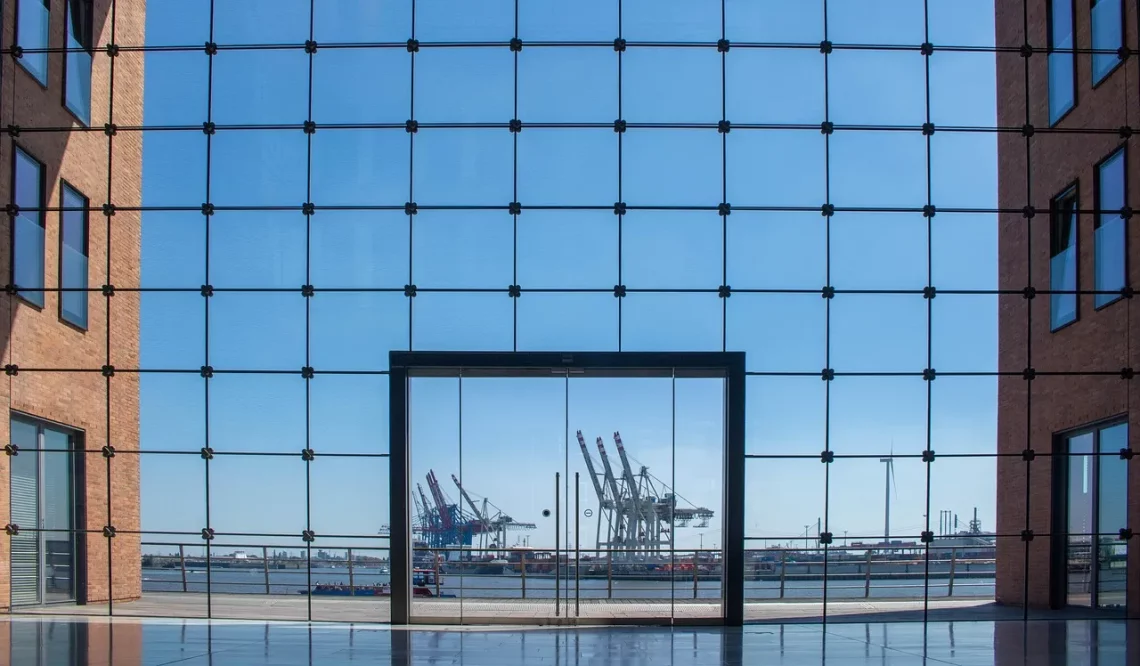
Exploring the Architectural Significance of the Thorp Building
The Thorp Building stands as a remarkable testament to architectural innovation and cultural significance. With its striking design and unique structural elements, it encapsulates the evolution of architectural styles and urban development. This iconic edifice not only serves as a functional space but also tells a story of the era it was built in, reflecting the values and aspirations of its time. The intricate details of its façade and the thoughtful arrangement of its interior spaces invite admiration and contemplation from architects, historians, and casual observers alike.
Exploring the Thorp Building allows us to delve into the intricate relationship between architecture and the communities it serves. As urban landscapes continue to evolve, understanding the significance of buildings like the Thorp becomes increasingly essential. It offers insights into the socio-economic factors influencing architectural decisions and the ways in which structures can embody cultural identity. This exploration unravels the layers of history embedded within the Thorp Building, revealing its role as a focal point in the community and a symbol of resilience and progress.
In the following sections, we will examine various aspects of the Thorp Building, including its architectural style, historical context, and community impact, providing a comprehensive understanding of its significance in the modern urban landscape.
Architectural Style and Design Elements
The Thorp Building showcases a distinctive architectural style that merges various influences, creating a visual narrative that captures the essence of its environment. Its design is characterized by a blend of modernism and traditional elements, which together create a harmonious yet striking appearance. The use of materials such as brick, glass, and steel not only adds to its aesthetic appeal but also highlights the building’s structural integrity.
One of the most significant features of the Thorp Building is its façade. The interplay of light and shadow across its surface creates a dynamic visual experience, changing throughout the day as the sun moves across the sky. Large windows allow natural light to flood the interior spaces, promoting a sense of openness and connection to the outside world. This emphasis on natural light is a deliberate architectural choice, enhancing the overall atmosphere and functionality of the building.
Inside, the Thorp Building boasts a thoughtfully designed layout that prioritizes both form and function. Open floor plans encourage flexibility, allowing for a variety of uses and adaptations over time. This adaptability is a hallmark of modern architecture, reflecting a shift towards spaces that can evolve with the changing needs of their occupants. The integration of communal areas fosters collaboration and interaction, making it a hub for creativity and innovation.
Moreover, the attention to detail in the Thorp Building’s design is evident in its decorative elements. From intricate moldings to carefully selected color palettes, every aspect has been considered to create a cohesive aesthetic. These design choices not only enhance the building’s visual appeal but also contribute to its cultural significance, as they reflect the artistic sensibilities of the time in which it was conceived.
Historical Context and Significance
To fully appreciate the Thorp Building, one must consider the historical context in which it was built. The architectural landscape during its inception was marked by rapid technological advancements and shifting social dynamics. As cities expanded and populations grew, there was an increasing demand for structures that could accommodate a diverse range of activities and functions.
The Thorp Building emerged as a response to these demands, embodying the spirit of innovation that characterized its era. Its construction marked a pivotal moment in the development of the surrounding community, serving as a catalyst for further urban growth and transformation. By providing essential services and spaces for collaboration, the building played a crucial role in shaping the social fabric of the area.
Additionally, the Thorp Building has witnessed significant historical events that have further solidified its importance. As a gathering place for community meetings, cultural events, and artistic exhibitions, it has served as a backdrop for the collective experiences of its inhabitants. This connection to the community enhances its status as not just a physical structure, but a living entity that has evolved alongside the people it serves.
Furthermore, the Thorp Building stands as a symbol of resilience. Throughout its history, it has withstood economic fluctuations, shifts in societal norms, and even physical challenges. Its ability to adapt and remain relevant in an ever-changing urban environment speaks to the foresight of its designers and the enduring nature of well-conceived architecture.
Community Impact and Engagement
The impact of the Thorp Building extends far beyond its architectural significance. It serves as a vital resource for the community, offering space for various activities that foster engagement and collaboration among residents. This connection to the community is evident in the building’s diverse programming, which includes workshops, art exhibitions, and public forums.
By hosting events that encourage participation and dialogue, the Thorp Building enhances the sense of community ownership and pride. Residents are not merely passive observers; they are active participants in shaping their environment. This level of engagement is crucial for building social capital and fostering relationships among individuals from different backgrounds.
Moreover, the Thorp Building has become a focal point for cultural expression. Through partnerships with local artists and organizations, it has transformed into a vibrant hub for creativity. Art installations, performances, and cultural events held within its walls have enriched the community’s cultural landscape, making it a destination for both locals and visitors alike.
The building’s role as a community anchor is further emphasized by its commitment to inclusivity. Efforts to ensure accessibility for all individuals demonstrate a dedication to creating an environment where everyone can participate and contribute. This philosophy resonates with the broader goals of urban development, which seek to create spaces that reflect the diversity and dynamism of the populations they serve.
In conclusion, the Thorp Building exemplifies the profound impact that well-designed architecture can have on a community. Its architectural beauty, historical significance, and active engagement with residents combine to create a powerful symbol of resilience and creativity. As we continue to navigate the complexities of urban life, buildings like the Thorp serve as reminders of the importance of integrating design with community needs, fostering connections that enrich our lives.




